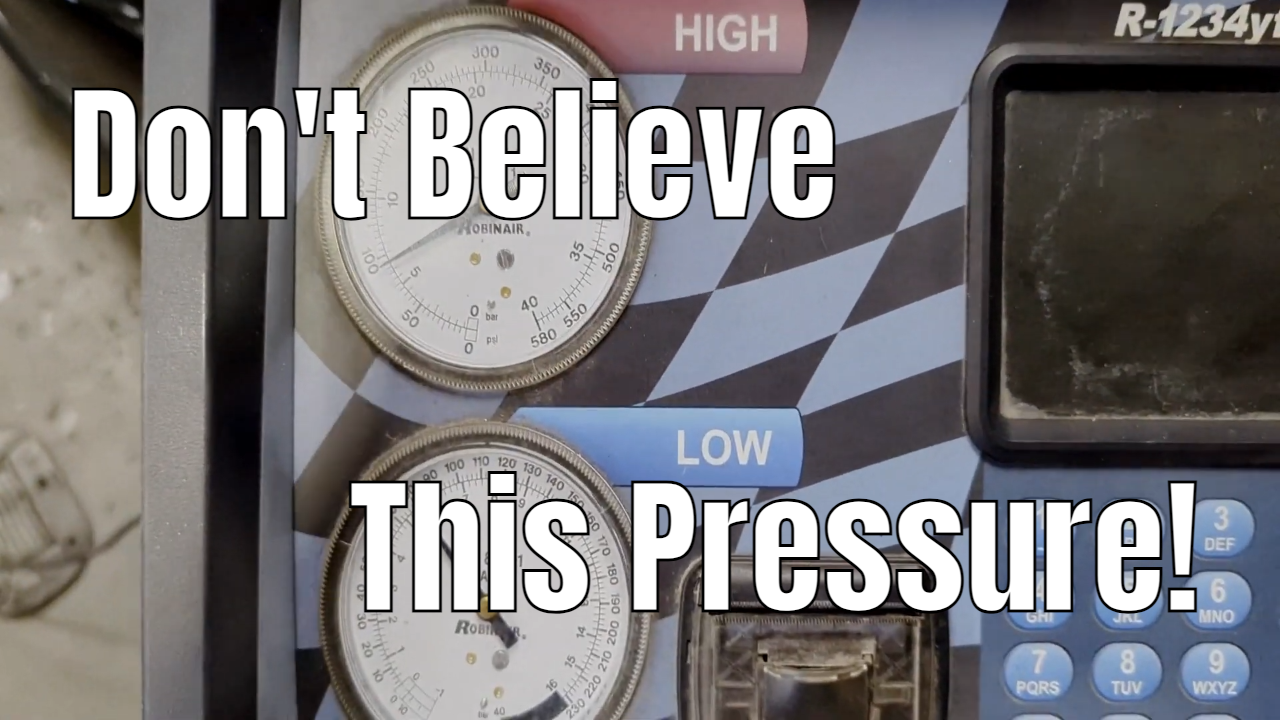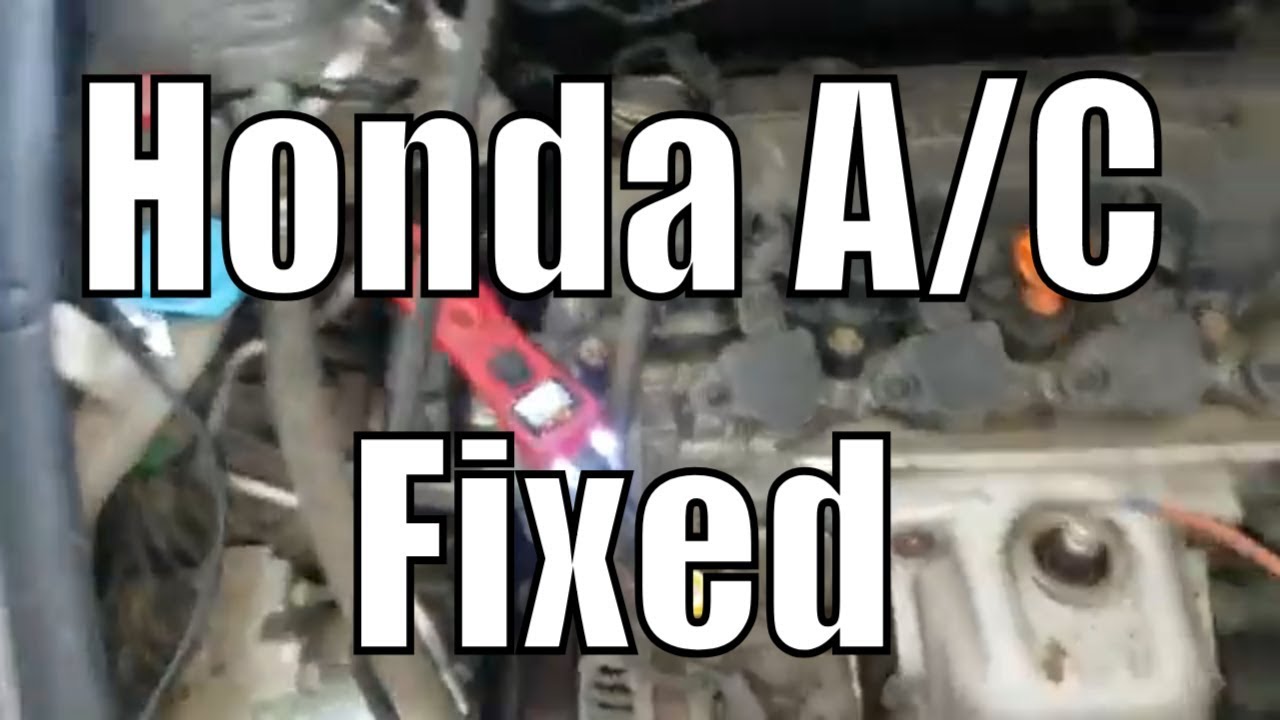In the scorching heat of summer, few things are more essential than a reliable air conditioner. However, even the most well-maintained AC units can experience issues, and one of the most common problems is leaks. These leaks not only compromise the efficiency of your cooling system but can also lead to costly repairs if left unaddressed. In this comprehensive guide, we’ll walk you through everything you need to know about spotting and addressing common AC leaks, so you can stay cool and comfortable all season long.
Understanding Common AC Leaks: Before we delve into spotting AC leaks, it’s essential to understand where they typically occur. Common culprits include refrigerant leaks, which can result from worn-out seals or damaged coils, and condensate leaks, ac compressor leaks. Additionally, leaks can also stem from cracked or corroded components within the AC unit.
Signs of AC Leaks: Spotting AC leaks early is crucial for preventing further damage to your cooling system. Some common signs to watch out for include:
- Reduced Cooling Performance: If you notice that your AC isn’t cooling your car as effectively as it used to, it could be a sign of a refrigerant leak.
- Unusual Sounds: Hissing or bubbling noises coming from your AC unit may indicate a refrigerant leak.
- Moisture Buildup: Excessive moisture or puddles of water around your AC unit could signal a condensate leak.
- Ice Buildup: Ice forming on the refrigerant lines or evaporator coil may indicate a refrigerant leak or airflow problem.
Spotting AC Leaks: Now that you’re familiar with the signs of AC leaks let’s discuss how to spot them:
- Visual Inspection: Begin by visually inspecting your AC unit for any signs of leaks, such as moisture buildup or corrosion on components.
- Check Refrigerant Lines: Examine the refrigerant lines for any signs of damage, such as cracks or corrosion.
- Inspect Condensate Drain Line: Ensure that the condensate drain line is clear of any obstructions and free from damage.
- Monitor Cooling Performance: Keep an eye on your AC’s cooling performance and take note of any changes or inconsistencies.
- Listen for Unusual Sounds: Pay attention to any hissing or bubbling noises coming from your AC unit, as these may indicate a refrigerant leak.
Addressing AC Leaks: If you suspect that your AC unit has a leak, it’s essential to address it promptly to prevent further damage. Depending on the severity of the leak, you may need to:
- Seal Refrigerant Leaks: Repairing refrigerant leaks often requires professional assistance, as handling refrigerant can be dangerous. A qualified HVAC technician can locate and seal the leak, then recharge the system with the correct amount of refrigerant.
- Unclog Condensate Drain Line: If the condensate drain line is clogged, you can attempt to clear it using a wet/dry vacuum or a pipe brush. However, if you’re unsure how to do this, it’s best to seek professional help.
- Replace Damaged Components: In cases where AC leaks are caused by damaged components, such as coils or seals, these parts may need to be replaced to prevent future leaks.
Conclusion: Spotting and addressing AC leaks is essential for maintaining the efficiency and longevity of your cooling system. By familiarizing yourself with the signs of common AC leaks and knowing how to spot them, you can address issues promptly and avoid costly repairs down the line. If you’re unsure how to handle an AC leak, it’s always best to consult with a qualified HVAC technician who can diagnose the problem and recommend the appropriate course of action. With the right knowledge and proactive approach, you can keep your home cool and leak-free throughout the summer months.






